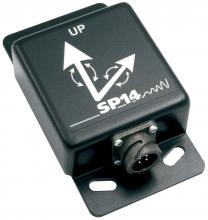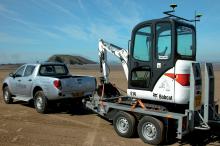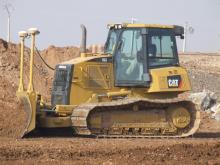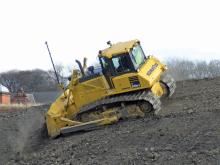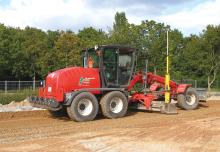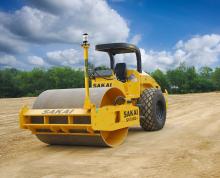GPS technology offers contractors many benefits and product offerings are growing more diverse, Mike Woof reports. The benefit of GPS technology for the construction industry cannot be overstated.
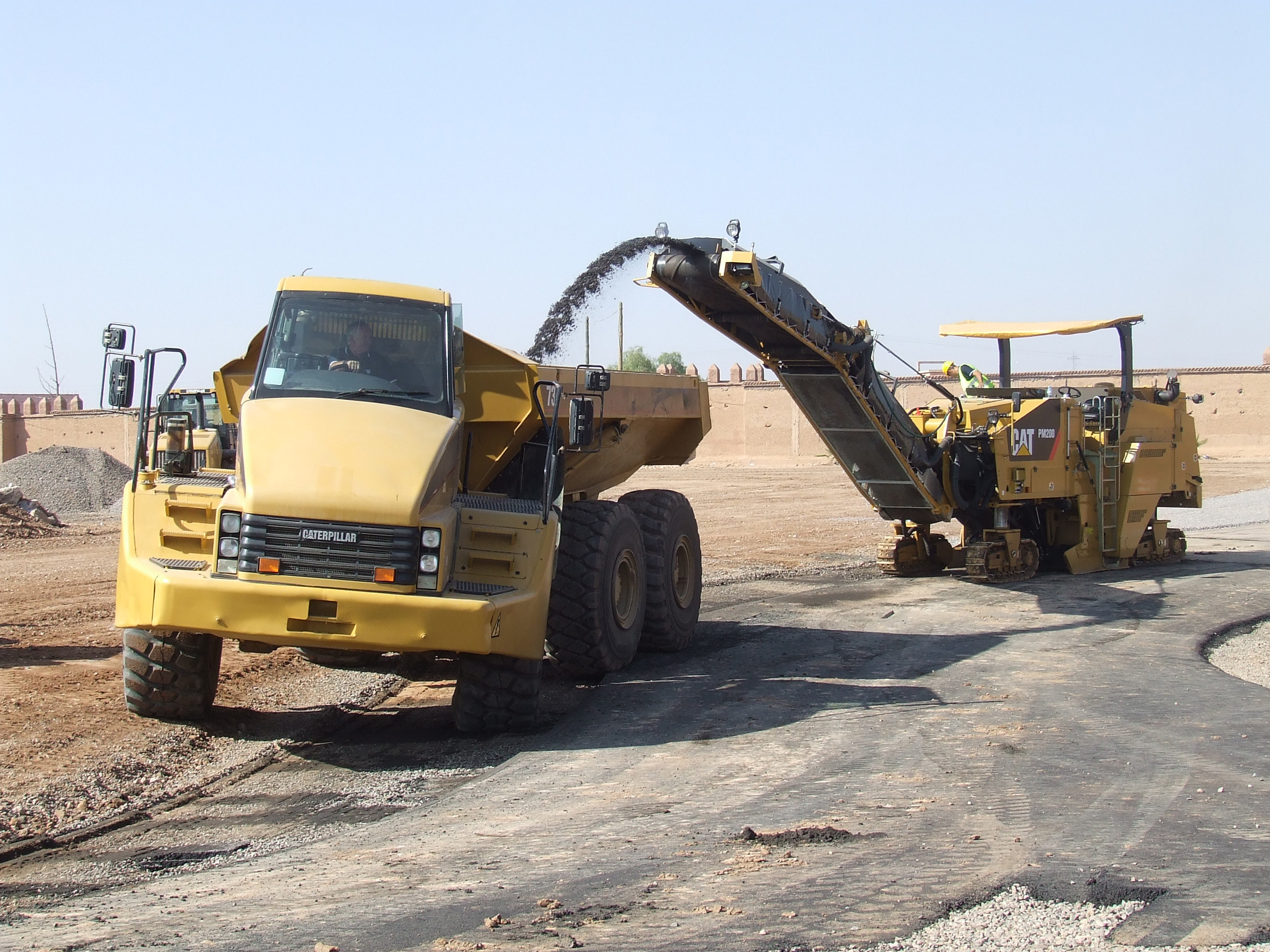
Using machine control systems in milling operations provides higher accuracy when removing a surface, ensuring that less new asphalt is needed to resurface a road and reducing overall costs
GPS technology offers contractors many benefits and product offerings are growing more diverse, Mike Woof reports
The benefit of GPS technology for the construction industry cannot be overstated. Using GPS as part of a machine control package offers major economies to the user, with investment in these systems being rapidly paid back through speedier and vastly more efficient working. Contractors ahead of the curve in this respect already know that two-way data transfer and real-time communications connect workflows and can increase productivity across the jobsite.Three firms have established themselves as noted technology leaders in the sector,
However this existing state of the market now looks set to change with the introduction of a new competitor. This comes in the shape of a recently established partnership between US firm
The Earthworks X200 excavator machine guidance system is the first such construction solution from Hemisphere GPS and has been developed to improving operator accuracy, simplifying machine operations and reducing the amount of excavation rework. The package features a novel Crescent Vector GPS sensor as well as other precision sensors. Using this package provides a visual guide to an operator as a graphical and numeric display of the excavator bucket is shown relative to the desired grade. The system is aimed at use with the small to mid-size construction contractors who want to improve profitability, productivity and safety.
John Bohlke, general manager of Earthworks of Hemisphere GPS said, "Our current Earthworks X200 system and future products under development are based on task-oriented solutions that give contractors a quick return on investment." The Earthworks X200 excavator machine guidance system is designed for easy installation and can be used by operators of all skill levels.
According to the firm, this package allows contractors to reduce input costs and become more competitive in bidding on new contracts.
However Leica Geosystems, Topcon and Trimble, as well as Caterpillar, are still investing in developing heavily in their own operations and this new rival will sharpen competition. The established firms all have strong research and development programmes as well as global strategies based at broadening operations.
Caterpillar has developed its AccuGrade portfolio, product of a partnership with Trimble, across a range of machines and construction sectors. Leica Geosystems has been notable for its strong acquisition policy, backed by its parent the
Meanwhile Topcon Europe recently made a strategic acquisition aimed at boosting its market presence in the construction industry. The firm bought Netherlands based Roadware, a company with expertise in developing innovative solutions for road construction. Roadware pioneered technologies for road construction, asphalt and concrete paving, developing smart electronics and software aiming to fully automate and control road construction machines and processes.
For Trimble the focus has been on further developing its connected worksite offering. These site solutions offer a wide spread of technologies for different aspects of each construction project.
The Trimble connected site solutions can connect assets, information, people, machines and jobsites to meet the workflow needs of different stakeholders within a contractor. This uses a mix of GPS, construction lasers, total stations, wireless data communications, the Internet and application software and can carry out tasks more accurately and efficiently than was possible using previous manual methods. This can be used for tasks such as grading and excavation and can reduce operating costs, increase productivity, boost accuracy and improve site safety. Because the technology increases data flow across the site, users derive more information from operations. The system can also be set to meet the needs of each operation both in terms of tasks and scale.
And of course in this fast-moving sector, new products are constantly coming to market, with more launches scheduled for 2010. Part of Topcon,
Features include voice message notification when the Real Time Kinematic signal is fixed or lost eliminating a need for repeated visual checks of the controller display. The new controller software, Spectrum Survey Field, and the GNSS software, Spectrum Survey Office, also support existing Sokkia GPS receivers.
Trimble's new graphical display unit ensures that its grade control system is easier to use in excavating applications. The LCD display is offered for the Trimble GCS600 Grade Control System for excavators and is designed for use in tough construction environments. The Trimble CB450 control box is said to make it easier to achieve the desired depth and slope, with less reworking required. The Trimble CB450 features a graphical display of 2D profile information, grade guidance and warnings. Adjustable brightness and viewing angle are fitted to adjust the unit for different lighting conditions and to increase readability. Four integrated LED lightbars make it simple to monitor grade guidance information in the cab of the excavator.
The Trimble CB450 unit is simple to install and can be moved between excavators, while it is said to be rugged and durable. Using a USB stick, a user can load files to the control box, while file transfer and archiving rules prevent deletion or overwriting of files. USB data transfer also increases compatibility with Trimble SPS site positioning controllers. Allowing easy data exchange between surveyors, grade checkers, site supervisors and machine operators. The GCS600 grade control system uses the AS450 angle sensor, AS460 dual axis sensor and LC450 laser catcher, which help guide the operator to dig to the required depth and slope.

